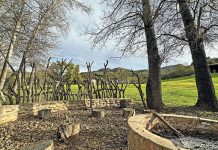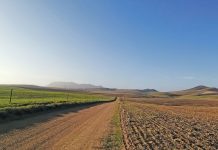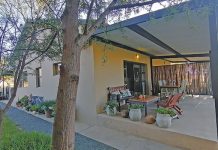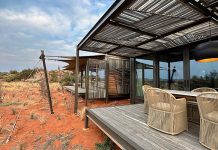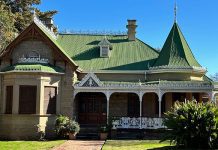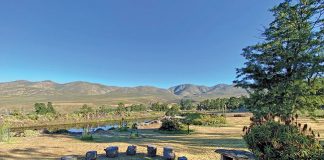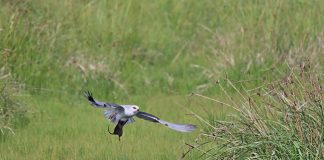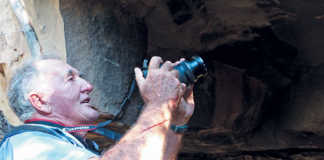I did not like oats porridge, but the fact that it was called Jungle Oats made me polish my bowl every morning. I was so obsessed with the idea of living in a tree that my brother and I built a tree house in the old mulberry tree in our backyard. When I was a bit older I read the classic Afrikaans book by Sangiro Uit Oerwoud en Vlakte. I must have read it 20 times and it had a big influence on the man I was to become.
To this day I have not been to Tarzan’s jungle but to Sangiro’s plains, which was actually the African savannah I got to know so well, as my parents often took me to the Kruger Park. When I grew up I continued the tradition and befriended the police sergeant in Skukuza and usually stayed with him when I visited the park.
“Oom Apie” was much older than me, but together we had great times and we often fished those wild rivers away from any tourist roads. When I was there he often conducted his investigations after hours and took me along in his big Ford F250. I operated the spotlight and because the veld was more open than today, it turned into delightful and often eventful night drives, during which we saw much more game than in the daytime, and made marvelous sightings of many rare creatures you would seldom see.
One night we came across a massive buffalo bull standing 5m from the road, on my side. We stopped to observe it closeup. Although it probably couldn’t see me behind the light, it looked at me as if I owed it money. Foolishly I banged on the door to give it a fright but a buffalo doesn’t scare that easily. With a snort it shot forward and hit the bakkie right on the door with the impact of a truck. The Ford almost overturned and the severely bent door shot open. Fortunately the engine was still running and we could make a hasty escape.
Kruger Park
During February this year my friend Sarel Retief visited the Kruger, and at a cost of R120 went on a night drive which turned out to be totally uneventful. During the whole drive all they saw were two spotted eagle owls sitting in the road. Occasionally he did catch a glimpse of a shiny eye through the impenetrable tangle of thorn thickets lining the roads, but he never saw any animals. Indeed, at least the southern part of Kruger has turned from a beautiful open savannah into a jungle. It is, however, not the healthy, natural jungle of Tarzan that I drooled over as a small boy – it is a tangled boskasie of swarthaak and sicklebush that is the unmistakable symptom of gross mismanagement.
I have dealt with the causes of this sad state of affairs, which is the incorrect use of fire and the overpopulation and associated overgrazing by impala, in previous issues and will not dwell upon it here. Nor will I harp on the mistakes made by the old pioneer managers in the early days, as they could not benefit from the hindsight we have now.
Today, a veld manager should know that every grassland is a woodland in the making. Whether the grassy component or the woody component of the savannah wins their age-old struggle for dominance depends on how we manage the veld and how closely we follow nature’s recipe. We cannot improve on that. What I find most disturbing, however, and which should worry every knowledgeable nature lover in this country, is that the present management of the Kruger seems to be totally unconcerned about the situation.
They even pretend to be unaware of it. I recently discussed this with an officer in charge of veld management at Sanparks. He told me that he is not convinced that there is a battle between the trees and the grass. He stated that he is also unaware that the impala have increased or that there is any bush encroachment and if there is, he suspects global warming to be the cause. This is nonsense.
The bush invasion of Kruger started long ago and the southern part is now probably beyond repair, unless Sanparks can be convinced to take drastic measures. Unfortunately it is way beyond the point where fire can make any difference. The invasive bush is too mature and there is too little combustible material. Chemical control will not work as it cannot remove the dead wood. Mechanical intervention with minimal damage to the soil surface is probably the only option.
There are devices that have been developed locally that can be fruitfully implemented and I will discuss these solutions in a future issue. It will be a massive undertaking, but something will have to be done. Hundreds of game ranches are in the same boat. If we ignore it, game ranching may in the future be known as an ecologically destructive activity. We cannot leave it and think it will go away, it will only become worse. Future generations will be even more knowledgeable than us and will condemn us if we do nothing. Kruger is a national heritage and it ultimately belongs to them. – Abré J Steyn. Contact Abré J Steyn on 083 •235 4822.


